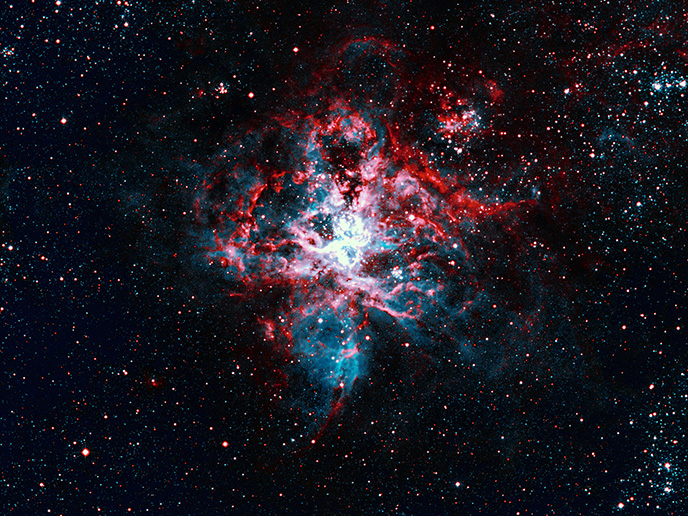New study on launching mechanism of astrophysical jets
Astrophysical jets are one of the most spectacular phenomena in our universe. From the centre of compact central objects such as black holes, neutron stars or pulsars, outflows of ionised matter are emitted as an extended beam. When these rays of matter approach the speed of light, astrophysical jets become relativistic jets. Formation of astrophysical jets is not yet fully understood, but it is likely to arise from interactions within accretion disks. Within the EU-funded project MULTIFAST (Variability in relativistic jets: Τhe fastest time scales at all wavelengths), scientists further explored the interaction mechanism of accretion disks and jets. The team’s focus was on the study of the multi-wavelength observations from a relativistic jet. To this end, it deployed statistical software for time-series analysis and developed numerical code to model variable multi-wavelength emission. The study produced a number of important findings. First, the discovery of a peculiar quasi-periodic oscillation in the infrared part of the spectrum with half the frequency of the one observed simultaneously in the X-ray light. This observation enabled better reflection of the geometry of the accretion flow. Scientists also reported the first sub-second quasi-periodic oscillation in the infrared light of a relativistic jet and revealed new properties of jet reheating. Detailed studies on the infrared and X-ray radiation flux were also performed. MULTIFAST scientists teamed up with several researchers worldwide to advance research on the formation of astrophysical jets. The team at the host institution consisted of post-doctoral fellow and two Master degree students. The project’s principal investigator was given a permanent position at the institution. MULTIFAST advanced deeper understanding of how accretion in compact stars proceeds and how relativistic jets are formed through the study of changes in the emission spectra of jets. Project findings were reported in numerous journal publications.







